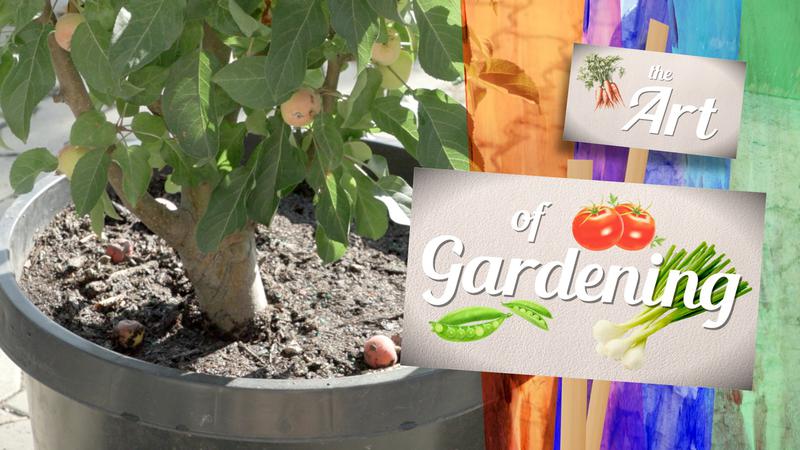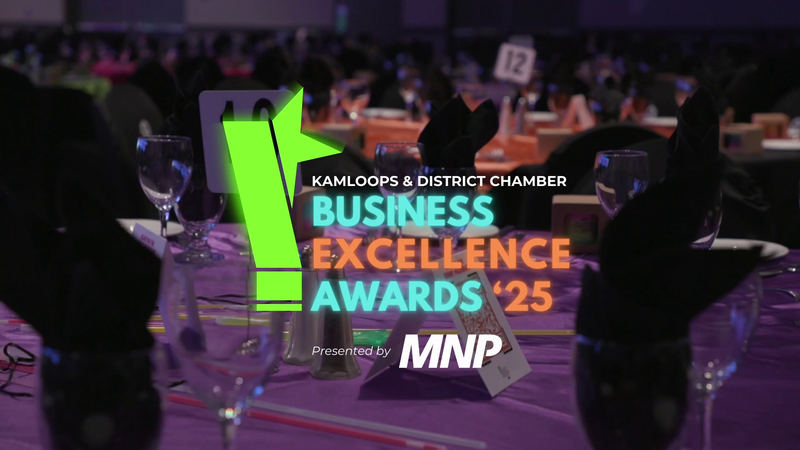
GINTA: If it’s about protecting kids from substance harm, let’s go all the way
MANY ARE WELCOMING the proposed new measures on vaping products. Others are resenting the tax hike — money grab, they say — and the reduced nicotine content might just drive them back to smoking, they argue. Let’s hope not.
Either way, it will be interesting to see if young people will vape less, or at all. Many still do, and age makes no difference. Nor does the location, as some kids vape right inside schools.
I am referring to schools in my column mostly because it is impossible to control what kids are doing during their time at home or while roaming the town.
To their credit, many students, mostly older ones, quit vaping since the news of ill health effects have surfaced. But then there are also many students who continue to vape and there are, sadly, enough social media influencers who keep the momentum going, adverse health effects notwithstanding.


